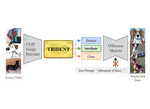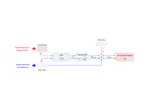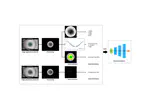Artificial Intelligence
Real-Time Automated Solubility Screening Method Using Deep Neural Networks with Handcrafted Features
In this paper, a method is proposed to automatically classify solution dissolution states using computer vision algorithms to extract nine handcrafted features from images and train a DNN-based classifier. A dataset comprising various solution images is used to validate the method, enabling real-time solubility screening via a display and camera on a tablet or mobile phone. The proposed method facilitates fully automated processes by integrating with an automatic solubility changing system, eliminating the need for human intervention.




